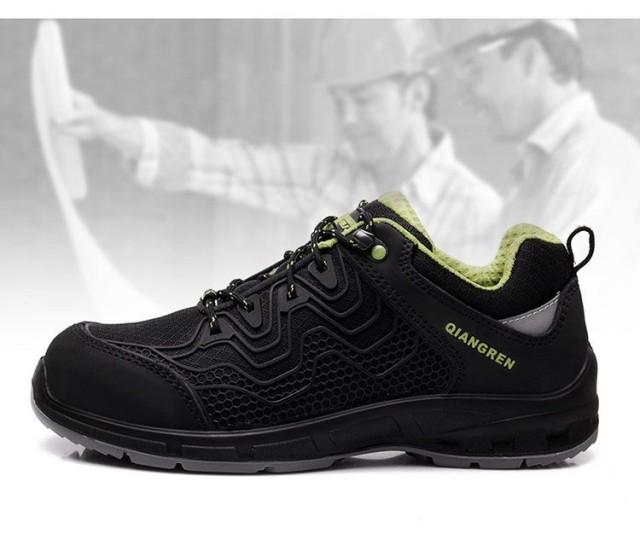Selecting the right safety boots isn't just about compliance—it's about aligning certifications like ASTM F2413-18 to your specific occupational risks. This guide decodes hazard-specific requirements and prioritizes features for optimal protection.
Understanding ASTM F2413-18: Beyond the Basics
ASTM F2413-18 sets the benchmark for safety footwear, but its real value lies in how its protections translate to real-world scenarios. The standard evaluates:
- Impact resistance (I): Withstands forces up to 75 foot-pounds
- Compression resistance (C): Protects against 2,500+ pounds of pressure
- Electrical hazard protection (EH): Blocks up to 18,000 volts
- Puncture resistance (PR): Shields against sharp objects
Example: Construction workers prioritize I/C ratings for falling debris, while electricians need EH-rated boots to prevent electrocution.
Core Protections and Their Real-World Applications
1. Electrical Hazards (EH)
- Who needs it: Electricians, utility workers, telecom technicians
- Key feature: Non-conductive materials (composite toes outperform steel here)
- Reference: Boots must block 18,000 volts with
2. Impact/Compression (I/C)
- Who needs it: Warehouse staff, manufacturing crews
- Steel vs. composite: Steel toes offer maximum durability; composites reduce weight by ~30% without sacrificing protection.
3. Puncture Resistance (PR)
- Who needs it: Landscapers, demolition teams
- Material matters: Kevlar-lined soles prevent nails or glass penetration.
Matching Workplace Hazards to Boot Features
Use this decision matrix:
| Hazard Type | Priority Certification | Secondary Features |
|---|---|---|
| Falling objects | I/C rating | Metatarsal guards |
| Slippery surfaces | Slip-resistant soles | Oil/grip tread patterns |
| Extreme temperatures | Insulation (ASTM F2892) | Moisture-wicking liners |
Pro tip: Mining boots combine I/C, PR, and breathability—a trifecta for underground environments.
Compliance Myths and Misinterpretations
Myth 1: "All ASTM-rated boots are equal."
- Truth: Ratings are hazard-specific. An EH boot won’t protect against compression.
Myth 2: "Steel toes are mandatory for heavy industries."
- Truth: Composites meet the same I/C standards while being lighter and non-conductive.
Future-Proofing Safety: Updates in ASTM Standards
The 2018 revision introduced clearer labeling and enhanced test methods. Expect:
- Stricter slip-resistance testing
- Broader temperature ratings for extreme environments
Ready to Equip Your Team with Precision-Engineered Safety Boots?
3515 partners with distributors and bulk buyers to deliver ASTM F2413-18-compliant footwear tailored to your industry’s risks. From electrical hazard designs to lightweight composites, our range combines certified protection with ergonomic innovation.
Next step: Request a hazard assessment guide to streamline your bulk order selections.
Related Products
- Safety Footwear Wholesale Manufacturer for Custom OEM/ODM Production
- Wholesale Safety Footwear Manufacturer for Bulk & Custom OEM Orders
- Wholesale Anti-Smash & Puncture-Proof Safety Shoes Custom Manufacturing for Brands
- Durable Leather Moc Toe Work Boots for Wholesale & Custom Manufacturing
- Wholesale Customizable Suede Safety Boots - Puncture-Proof with Velcro Closure
Related Articles
- How Steel Toe Shoes Prevent Injuries: The Science Behind Workplace Safety
- How to Choose Steel Toe Shoes That Balance Safety and Comfort
- How Steel Toe Boots Deliver Financial and Safety Returns in High-Risk Workplaces
- Steel Toe Work Boots: Balancing Safety and Comfort for Demanding Jobs
- How Steel Toe Shoes Meet Safety Standards and Prevent Workplace Injuries



















